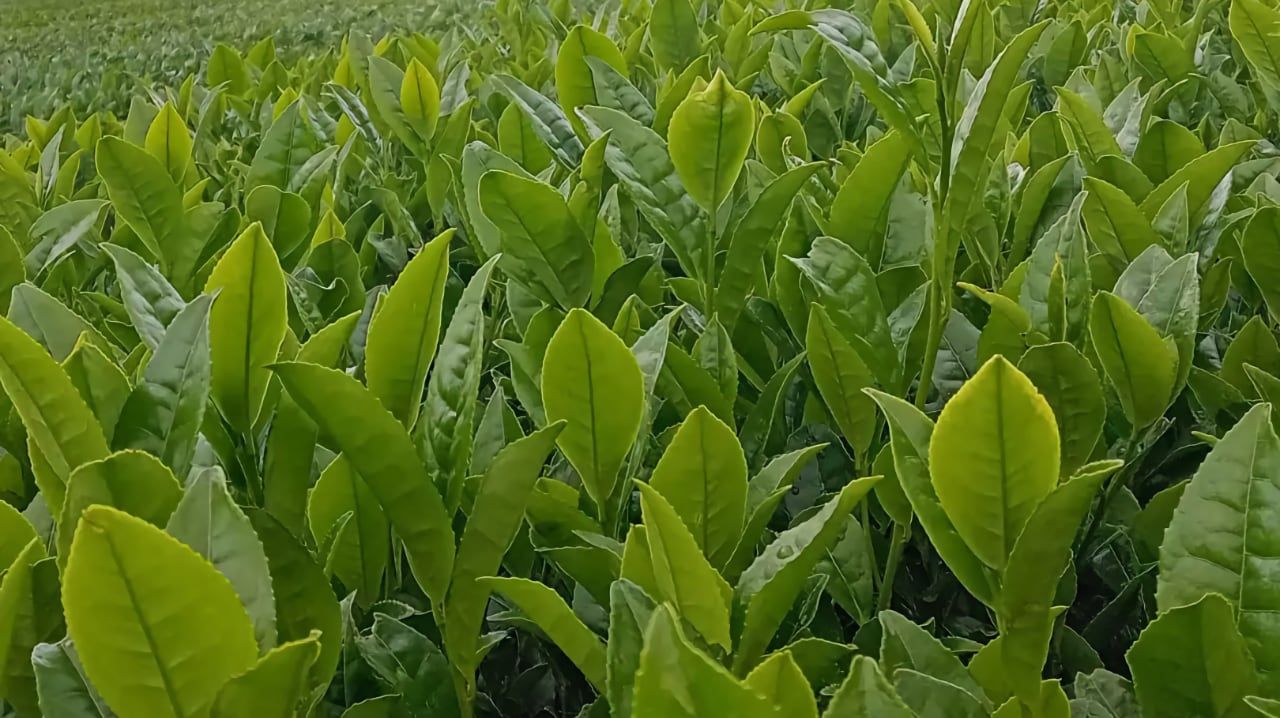December 2023 – Murakamicha from Niigata
For our final tea selection of the year, we've chosen a Murakamicha (村上茶), originating from the city of Murakami (村上) in Niigata Prefecture (新潟県). Our team adores Murakamicha, and we hope you will too!

Photos courtesy of the producer.
Murakamicha
Murakamicha (村上茶) has become a staple for Tomotcha. We recommend it as a consistently reliable tea. Produced in the northernmost tea-growing region of Japan, this tea boasts a delightful, comforting taste with a floral aroma. The foggy days and humid air in Murakami contribute to its high quality. The region experiences long, cold winters and limited annual sunshine, but these conditions result in a tea with calming effects, low tannin levels, and a pronounced sweetness.
Initially, tea production in this area was challenging, but thanks to the dedication and perseverance of Murakami's residents, it has flourished. The tea we're sending this time is from the spring harvest, between May 15th and May 30th, and is made from leaves of tea trees over 100 years old. It's a blend of select varieties, including Fukumidori (ふくみどり), Yabukita (やぶきた), and Asanoka (あさのか), chosen from more than 100 Japanese tea varieties.

Photos courtesy of the producer.
The first picture shows the tea plantation blanketed in snow, a beautiful winter scene. However, post-winter, as seen in the second picture, the tea field reveals the toll of the snow, with many twigs broken under its weight. This requires careful management to ensure new growth.
Pay Attention to Thieves
December 13th marks the start of New Year preparations, as mentioned in our December 2017 blog post. But let’s talk about December 12th, the day before.
December, being the last month of the year, is busy and expensive, with shopping and year-end parties. It’s important to be vigilant against pickpockets and thieves. In the Kansai region, particularly in Kyoto and Osaka, there's a tradition of hanging amulets saying “December 12th (十二月十二日)” upside down. Known as Sakasa Fuda (逆さ札), this is believed to deter thieves.
December 12th commemorates the infamous thief Ishikawa Goemon (石川 五右衛門), who met his end in a boiling cauldron in Kyoto. The sight of the amulet reminds potential intruders of Goemon's fate, hopefully deterring them. Interestingly, this date marks Goemon's birth, not his death, adding another layer to this tradition.
Similarly, in Kyoto, a broom placed upside down at the entrance is meant to encourage unwanted visitors to leave quickly. Across Asian countries, an amulet reading “Happiness (福)” is often hung upside down to attract good fortune, a sight common in Chinese restaurants.

Brewing Murakamicha
To brew Murakamicha, adjust the leaf amount to your taste preference. Use about 2 teaspoons (6 grams) of Murakamicha for 120ml (4oz) of spring water. The first infusion should last 20 seconds in water at 80°C (180°F). The second infusion should be slightly quicker, lasting 10 seconds at around 90°C (190°F). For the third infusion, use a higher temperature and infuse even more briefly.
Enjoy!
